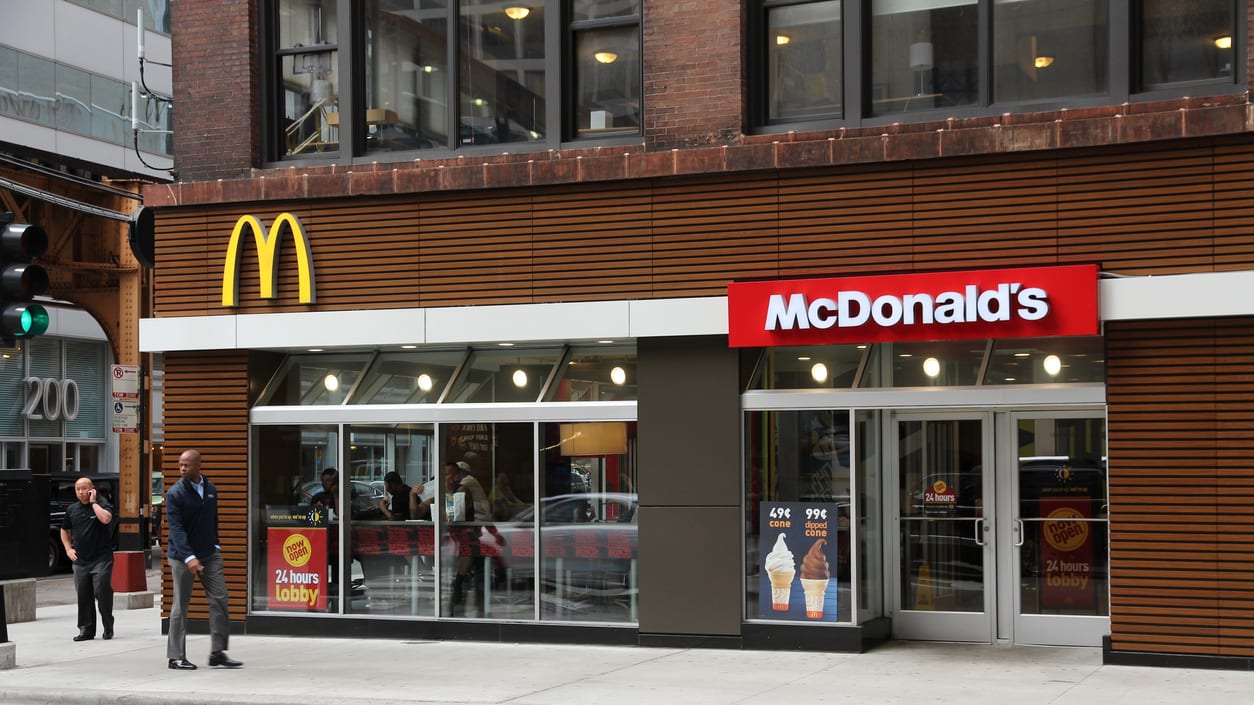Several Chicago McDonald's restaurants were ordered to enforce mask and social-distancing policies and train managers on coronavirus-related safety measures.
Five employees of four McDonald's locations and their family members filed a class-action complaint alleging that the fast-food restaurant didn't adhere to proper safety protocols, which they said endangered employees and customers.
"The current McDonald's environment leads employees, including managers, to believe they can take off their masks and stand within six feet of each other, as long as they do not do so in excess of 10 minutes," said Cook County Circuit Court Judge Eve Reilly. "This increases the health risk for the employees, their families, and the public as a whole, and conflicts with the governor's executive order on social distancing."
We've rounded up articles and resources from SHRM Online and other trusted media outlets on the news.
Illinois Reopening
Reilly rejected the workers' claim that McDonald's was negligent and noted that the company had taken measures to mitigate the spread of COVID-19. But the judge said the restaurants were not enforcing mask policies or properly training employees about social distancing, which created a public nuisance. Chicago, as well as the state of Illinois, is currently in phase four of reopening. Schools, child care programs and restaurants can resume some activities if they follow public health guidelines. Movie theaters, health clubs and retail stores can open with lower capacity limits, and employees at nonessential businesses can return to the workplace.
McDonald's Announces Additional Safety Procedures
McDonald's USA President Joe Erlinger said the fast-food chain has implemented almost 50 process changes and augmented employee training in response to the coronavirus. New procedures for dine-in restaurants include closing some seating to accommodate social distancing, increasing cleaning of high-touch surfaces, requiring employees to wear face coverings and gloves, making masks available for customers in locations where they are required, and keeping play areas closed.
What Employers Need to Know About Face Coverings at Work
The future of work will involve a lot of face masks, at least in the short run, as companies do all they can to curtail the spread of COVID-19. But the rules and expectations for face masks are evolving rapidly. Engineering and administrative controls, such as improving air ventilation and ensuring strict social distancing, are preferred ways to protect workers. According to Occupational Safety and Health Administration guidance, face masks should be used in addition to those controls or when those measures aren't feasible.
Should You Monitor Workers Who Aren't Social Distancing Off Duty?
Summer is here, and many stir-crazy employees are eager to get outdoors, hit the beach and visit family, despite the pandemic. Employers who choose to monitor off-duty conduct may be legally permitted to send home workers who aren't social distancing off duty, if the policy is applied consistently. However, some think this approach isn't practical and recommend alternatives.
A Guide to Employee Temperature Checks
The Equal Employment Opportunity Commission (EEOC) gave employers the green light to take employees' temperatures to try and ward off the spread of the coronavirus. "Generally, measuring an employee's body temperature is a medical examination," the EEOC stated. The Americans with Disabilities Act prohibits medical examinations unless they are job-related and consistent with business necessity. Because the Centers for Disease Control and Prevention and state and local health authorities have acknowledged community spread of COVID-19 and have issued related precautions, "employers may measure employees' body temperature," the agency stated. "However, employers should be aware that some people with COVID-19 do not have a fever." And some people with a fever do not have COVID-19.




